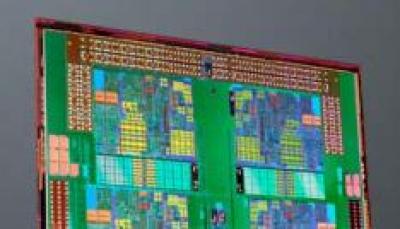Turkish website donanimhaber.com has published what appear to be AMD marketing slides plotting a route from the recently announced Desna revisions of the current Brazos platform up to an entirely new platform, the Brazos-T, scheduled for 2012.
According to the slides, the Brazos-T features a system-on-a-chip labelled ‘Hondo’, based on two ‘power optimised’ Bobcat x86 cores. The slides note that it will come to market in time for Windows 8.
Reduced power
 Further detailing the Brazos-T, the slides say that it is optimised for fanless designs and addresses ultra-low power requirements.
Further detailing the Brazos-T, the slides say that it is optimised for fanless designs and addresses ultra-low power requirements.
AMD appears to be claiming a significant improvement in power consumption over the Desna, however the slides do not say how this has been achieved.
The Hondo chip uses around 2W and the thermal design power (TDP) is less than 4.5W, while the Desna’s figures clock in at 4W and 5.9W respectively. This is despite Hondo including impressive featuers such as the Fusion controller hub (FCH) which allows lsrge numbers of SATA and USB I/O ports.
The Hondo system will feature active standby, DirectX 11 graphics engine and full HD playback. It is clear from the slides that Hondo is a mobile specific chip and features Secure Digital ID and an ‘always on’ Wi-Fi feature.
The slides schedule Hondo samples to ship to suppliers in December 2011 and production for Q2 2012.
Adapt and survive
Last month AMD officially took its first steps into the tablet format with the Desna APU, unveiled at Computex 2011. It has also recently rolled out its first APUs for desktop devices, the Llano.
Windows 8 is potentially shaping up to be a radical shift for Microsoft, abandoning many traditional features in favour of the tile type interface that tablet and smartphone users are becoming accustomed to.
The OS is due to feature all-new apps to suit that interface and some analysts believe that Windows 8 could spell trouble for Android.
With no mention of Android in the slides, it’s easy to infer this is a belief also held by AMD.
The improved gaphic performance of APUs, which offer discrete-level graphics, memory controller and CPU on the same piece of silicon, places them in good stead for the mobile market.




